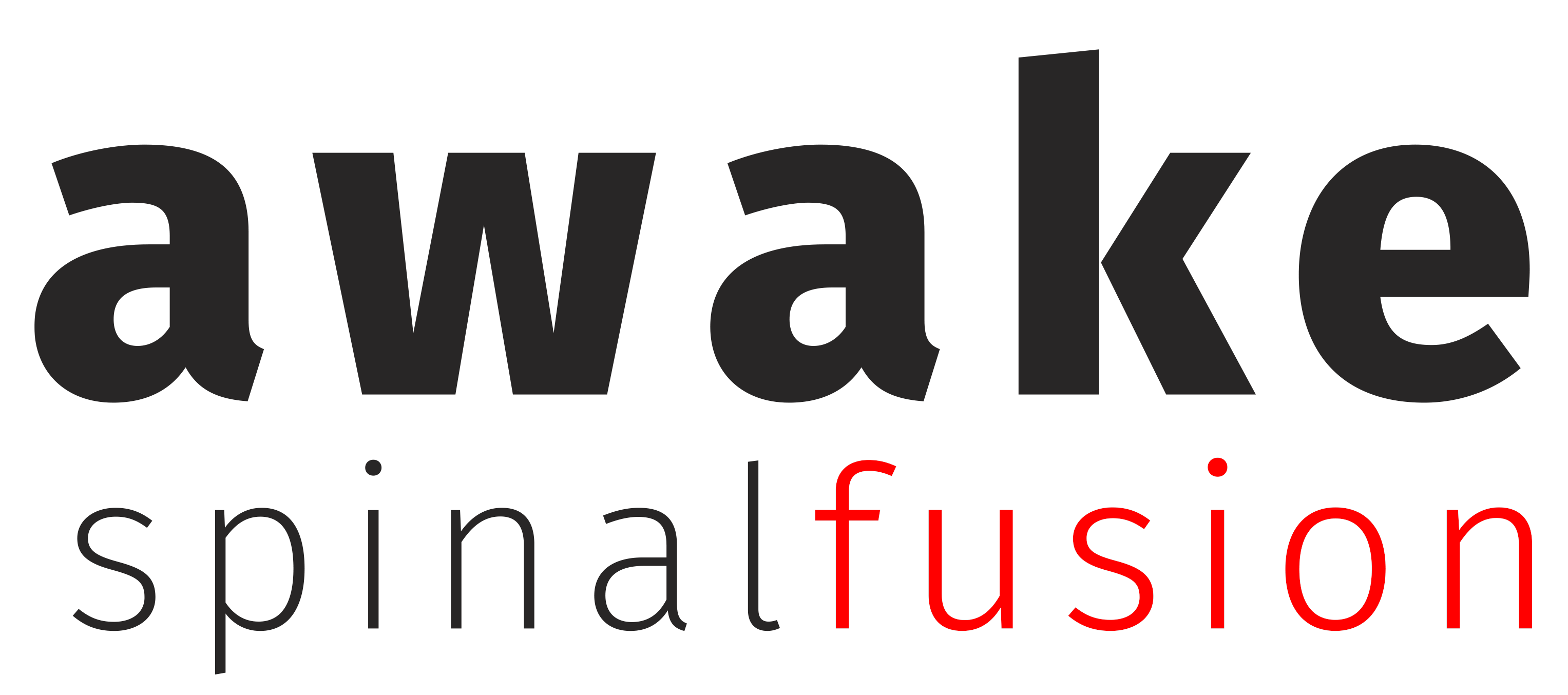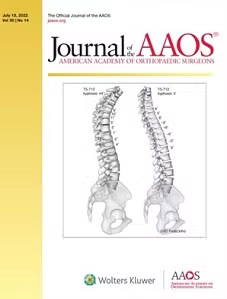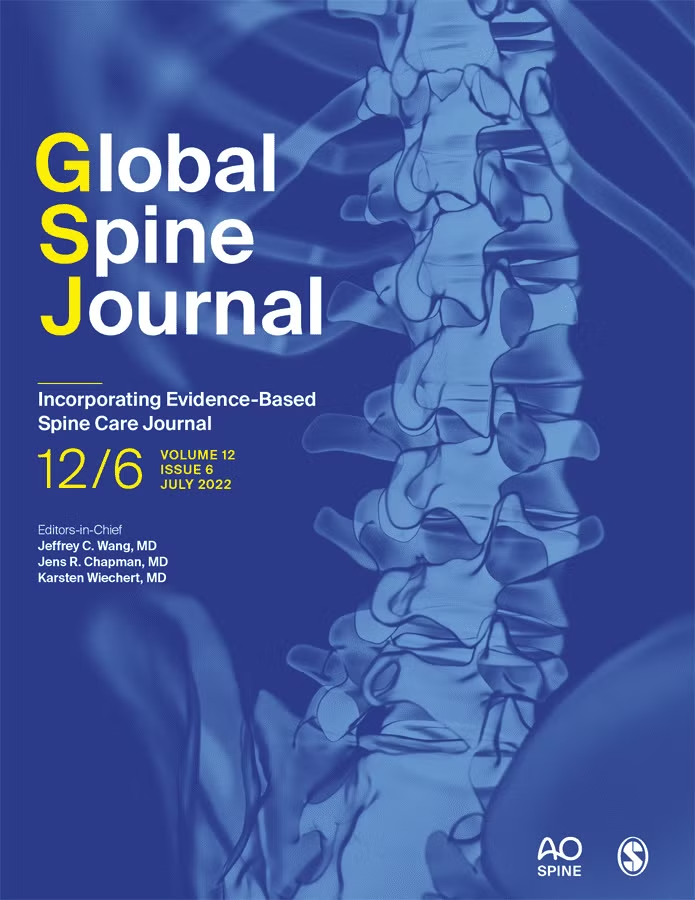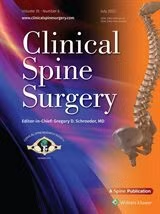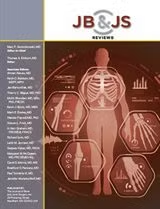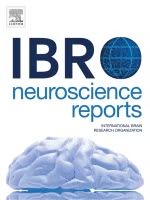
Anterior Cervical Decompression and Fusion (ACDF) is a common surgical procedure used to treat various conditions affecting the cervical spine. It’s particularly effective for patients suffering from herniated discs, degenerative disc disease, or nerve root compression in the neck. If you’re considering this procedure or have been recommended to undergo ACDF, understanding the process, benefits, and risks is crucial for making informed decisions about your health.
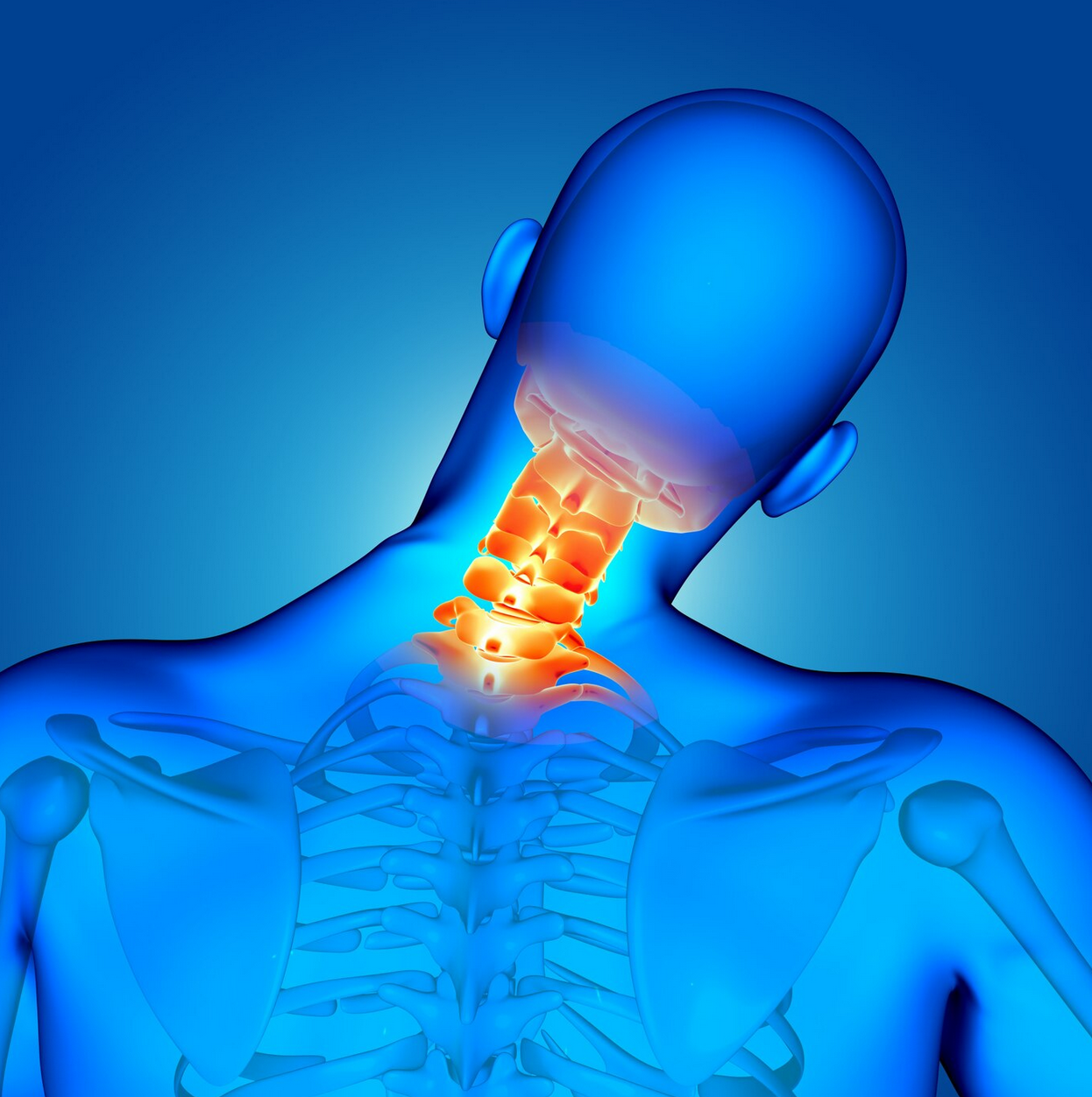
What Is Anterior Cervical Decompression and Fusion (ACDF)?
ACDF is a surgical procedure aimed at relieving pressure on the spinal cord and nerve roots caused by issues such as herniated discs or bone spurs. This pressure can lead to pain, numbness, and weakness in the neck, shoulders, arms, and hands.
The procedure involves two main steps:
- Decompression: The surgeon accesses the cervical spine from the front (anterior approach) and removes the damaged disc or bone spur pressing on the nerve root or spinal cord.
- Fusion: After decompression, the vertebrae are stabilized by inserting a bone graft or an artificial cage into the space where the disc was removed. The goal is to allow the vertebrae to fuse over time, creating a stable spine and preventing further nerve compression.
Conditions Treated by ACDF
ACDF is often recommended for patients with the following conditions:
- Herniated Cervical Disc: When the soft material inside the disc pushes out through a tear, it can compress nearby nerves or the spinal cord, causing pain and other symptoms.
- Degenerative Disc Disease: As we age, the discs in the spine can lose their height and elasticity, leading to disc collapse and nerve compression.
- Cervical Spondylosis: A condition that involves the wear and tear of the spinal discs and bones, often leading to bone spurs and disc degeneration.
- Cervical Radiculopathy: Nerve root compression that leads to pain, weakness, or numbness radiating into the arms.
- Cervical Myelopathy: Compression of the spinal cord in the neck, causing weakness, coordination issues, and sometimes difficulty with walking.
The ACDF Procedure
During the surgery, your surgeon will make a small incision in the front of the neck to access the cervical spine. The damaged disc is carefully removed, relieving the pressure on the nerves or spinal cord. The surgeon then places a bone graft or an artificial device to stabilize the spine. Over time, the bone graft will grow and fuse the vertebrae together.
The procedure typically takes one to two hours, depending on the complexity of the case. Patients are often able to return home the same day or after a short hospital stay.
Recovery After ACDF
Recovery from ACDF surgery varies depending on the individual, but here’s what you can generally expect:
- Hospital Stay: Some patients go home the same day, while others may require an overnight stay for observation.
- Pain Management: You may experience some discomfort at the incision site or around the neck and shoulders. Pain medication will be prescribed to manage this.
- Neck Brace: Some patients may need to wear a cervical collar or brace for a few weeks to limit movement and allow the fusion to heal properly.
- Physical Therapy: Rehabilitation through physical therapy is often recommended to help restore strength and range of motion in the neck.
- Return to Normal Activities: Most patients can return to light activities within a few weeks, but it can take several months for the fusion to fully heal and for you to resume more strenuous activities.
Benefits of ACDF Surgery
ACDF is a highly effective procedure for relieving neck and arm pain, numbness, and weakness caused by spinal cord or nerve compression. Benefits of ACDF surgery include:
- Pain Relief: Many patients experience significant relief from chronic neck and arm pain.
- Improved Function: Restoring function to the hands and arms allows patients to return to daily activities more easily.
- Prevention of Further Damage: ACDF prevents further deterioration of the cervical spine by stabilizing the affected area.
Risks and Considerations
While ACDF is generally safe, as with any surgery, it carries some risks:
- Infection: Although rare, there is a risk of infection at the surgical site.
- Difficulty Swallowing: Some patients experience difficulty swallowing temporarily after surgery.
- Nerve Damage: There’s a small risk of nerve damage during surgery, which could lead to persistent pain or weakness.
- Non-Union: In some cases, the bones may not fuse properly, requiring further surgery.
- Adjacent Segment Disease: Over time, the levels above or below the fused area may experience degeneration due to increased stress.
Is ACDF Right for You?
ACDF is a well-established procedure with a high success rate for patients suffering from cervical spine issues. However, not everyone is a candidate. Your surgeon at Awake Spinal Fusion will evaluate your condition, medical history, and symptoms to determine if ACDF is the right choice for you.
Conclusion
Anterior Cervical Decompression and Fusion (ACDF) surgery offers significant relief for patients dealing with chronic neck pain, arm pain, and nerve-related symptoms. Understanding the procedure, recovery process, and potential risks can help you make an informed decision about your spine health. If you’re considering ACDF or want to explore your treatment options, consult the expert team at Awake Spinal Fusion for personalized care and guidance.
Feel free to reach out to us with any questions or to schedule a consultation.
